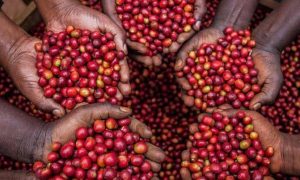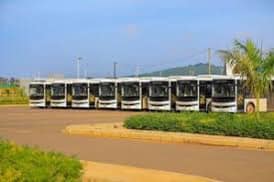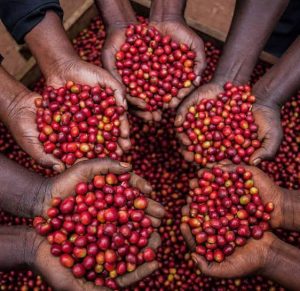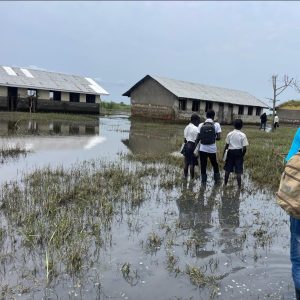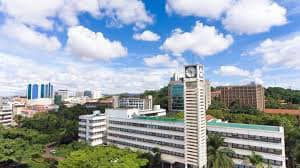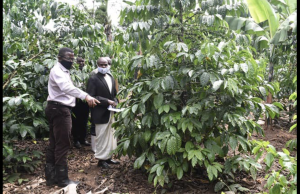
#OutToLunch: Scarcity of adult diapers exposes the need for research before imposition of taxes
By Denis Jjuuko If you take care of an elderly person in Uganda today, there are many challenges that you face. You may have to quit your job to look after an elderly person and there is no pay for that or you may have to get the services of a live-in nurse. Both options are expensive and almost out of reach for the majority of people. So the elderly who usually don’t have sufficient sources of income live lives devoid of dignity, many sometimes scavenging for meals and other things that they need in their lives. The politicians who claim to represent the citizens are largely out of touch. The example of the diapers the elderly require to live decent lives is a case in point. Last year, Parliament approved taxes on diapers. The Members of Parliament voted with unprecedented euphoria with many arguing that they were doing so to stop homosexuals from using them. There was no data presented to prove that the majority of adult diapers were being used by homosexuals. But nothing unites politicians in Uganda than homosexuality! Anyone who argued otherwise was labelled a supporter of homosexuality or to having been paid by the “imperialists” in western capitals to corrupt the mind of Ugandans. If you are in care today of an elderly person today, you would have noticed that you are spending a lot of time moving from one shop in Kikuubo to another in search of adult diapers. With increment in taxes, the traders who were stocking them have moved on to more profitable products or closed their businesses all together. Those who bring them increased the costs to cater for the increased taxes but they are also bringing in smaller sizes and somewhat inferior qualities than before the taxes were slapped on them. Those who haven’t moved on, are doing what they are doing to keep their businesses open. Who would blame them? A diaper a size too small is not only uncomfortable, it is also said to lead to bed sores. If you have ever looked after a sick person, bed sores are some of the most painful and stubborn things to treat. Caregivers want to do anything in the world to avoid them but small size diapers the elderly are using today are going to creating a massive healthcare problem. And to make it worse, the traders aren’t bringing in enough quantities. Today, diapers for the elderly are for booking by paying in advance and you can’t be certain when they will bring them in. For some traders, they don’t even allow you to book a lot so that everyone gets some. Of course, the war in the Middle East may also be responsible for delayed shipping of containers but the major reasons Kikuubo traders attribute to the scarcity of adult diapers is the increment in taxes. Who ever knew that because of our lack of research before we increase taxes, the elderly who are lucky enough to afford pampers will have to use ones that are rationed? But that is where we are. Today, those who take care of the elderly are spending more money on shoes as they develop holes in the soles as they look for pampers instead of looking for money to buy them and pay for fees for medical consultancy and prescribed drugs. I think parliament has the power to correct the mistake they made when they argued that adult pampers were promoting homosexuality because some of them realized their mistakes. I remember seeing a clip where a Member of Parliament after failing to secure diapers for her mother admitted to having voted to pass the adult diaper law in error. Since to err is human, we shouldn’t blame the MPs when they admit their mistake and go ahead and correct them. Because that is the right thing to do. But also, such glaring mistakes are avoidable by parliament and all arms of government by being informed by data instead of emotions before making key decisions. It should not be so difficult for the research arm of parliament to find out who buys more adult diapers and for what purpose. The ministries of finance, gender, and health should have this information too. But the right thing to ensure the elderly live with dignity is to remove the increased taxes on diapers while also supporting local manufacturers to make them here. The writer is a communication and visibility consultant. djjuuko@gmail.com

